The spring defoliation marathon is officially over here at Aichi-en. Most of the tree’s we did here were japanese maples and trident maple’s. I’d thought I’d share a few trident’s that I did. All these tree’s were grown by Oyakata’s grandfather from scratch but, all quite different. All three were partly defoliated, leaving inner weak shoots and weak area’s.
The second tree.
Although they are both root over rock style tree’s, they have their difference’s.
The first tree.
We have many tree’s styled like this at Aichi-en because Oyakata’s grandfather was one of the first people to style root over rocks with a long casting branch in Japan. I think it works well when you have a tall rock and helps to balance the image, giving a natural feeling even though it is a more stylised form.
It would be quite easy to imagine a tree in nature clinging to a rock and a long branch hanging from the weight.
The second tree.
The only way I can describe the style of this tree is root over rock meets octopus style. The tree doesn’t have a tapering trunk but, a hump
and most of the branches come out of one place. The roots wrapped around the rock only help to add to the image of an octopus clinging to a rock. A very quirky tree and slightly grotesque.
Leaf quality.
Leaf quality is something that perhaps we don’t real consider so much in the west but, is a key factor here in Japan and can be the difference between a good tree to a great tree.
Trident maple’s leaf quality varies a lot and when it comes down to it, the smaller the better. A pretty obvious statement but, its true. Although leaf size will reduce with the right techniques, a tree’s genetics will always determine its size.
These two tree’s are a good comparative example.
Here are a pair of leaves off each tree, one small and one large. The first two (moving left to right) are of the second tree (octopus) and the second two are of the first tree.
The first tree has good leaf quality and the second tree has poor leaf quality. Both varieties’ were originally cultivated from seed by Oyakata’s grandfather but, most likely they were both made with cutting’s of the cultivars.
We have one other tree with the same leaf as the second tree. It is a rather unusual type with a long leaf and long petiole and it was unusual enough for Oyakata’s grandfather to propagate it even though the leaf is big. I think that it suits the tree to some extent being a slightly strange style.
The major exhibition period is in the winter time here in Japan, the deciduous tree’s are leafless so, why do we want good leaf quality? Apart from it looking nice when in leaf, good leaf quality also produces much finer branches and a lot more ramification. A tree with poor leaf quality will never become as dense or as well ramified as a tree with good leaf quality.
However, there is a draw back to growing trident’s with really good leaf quality. They are still vigorous but, thicken slower so, producing a large sized tree on its own root stock with good taper and good tapering branches is slower.
Leaf quality varies in many species as well as trident maples, Japanese maples, Japanese white beech, needle junipers, white pines, just to name a few. Something we should look out for in our native species, as well as imported material. When buying material this should definitely be something to consider and you can even tell when the tree doesn’t have any leaves if it’s deciduous. If the tree had thick stubby branches, without any fine branches it will have poor leaf quality.
This is the third tree I’d like to share.
A cool tree and one of my favourite trident maples here. This tree has never been wired and only clipped and grown. Notice the bumps from branches that were previously cut and healed. I think they add more of an aged feeling and it seems depending on how vigorously a cut heals depends on how thick the callous is. The quicker it heals the thicker it is. Certainly not your typical Japanese style tree, it throws the ‘cookie cutter’ out the window and this is an old tree/certainly not something new.
Thanks for reading.
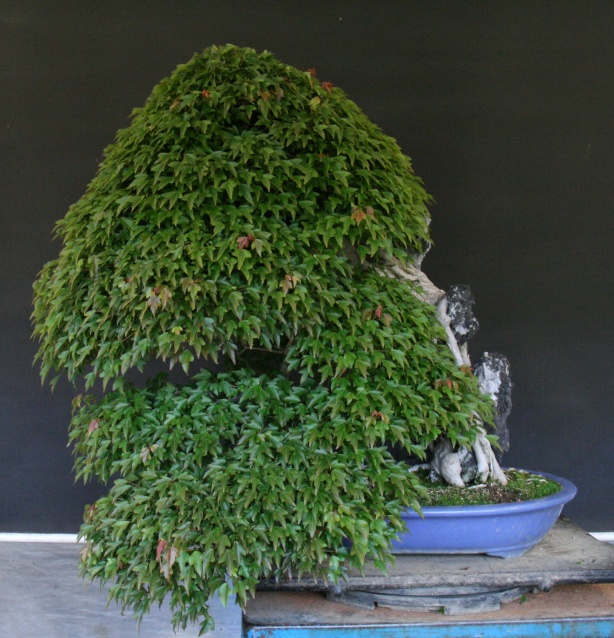
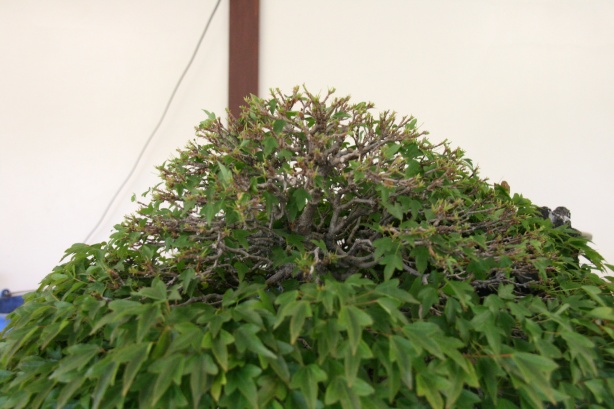
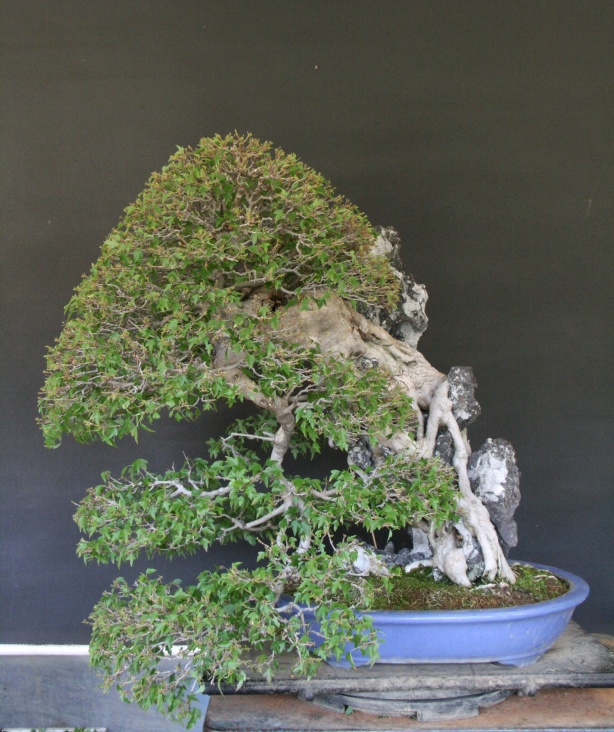
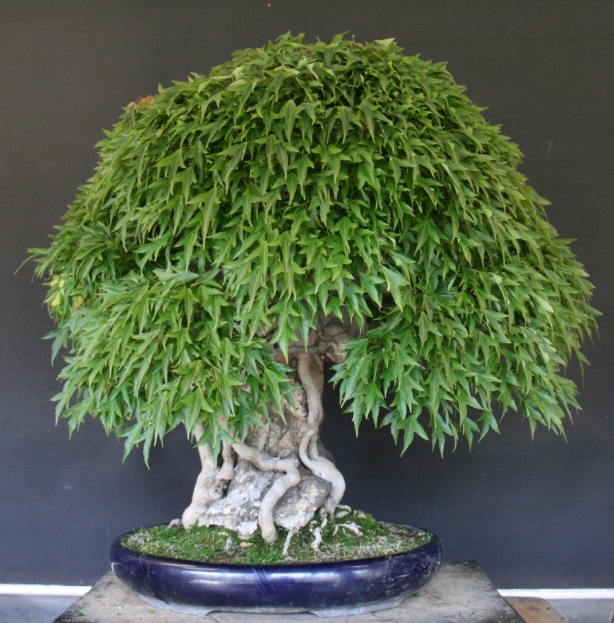
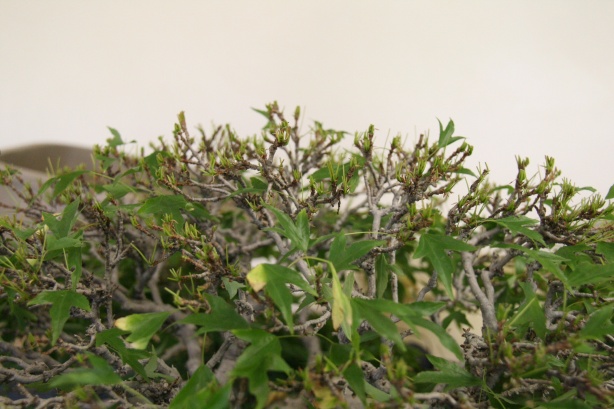
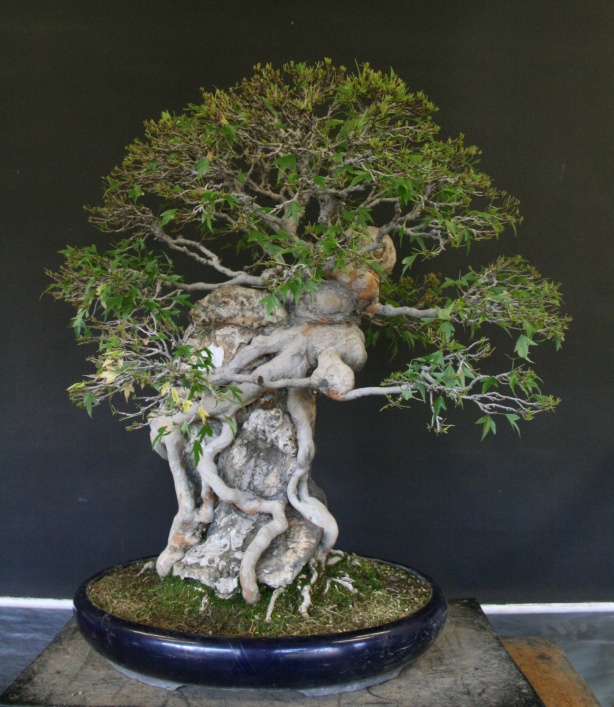
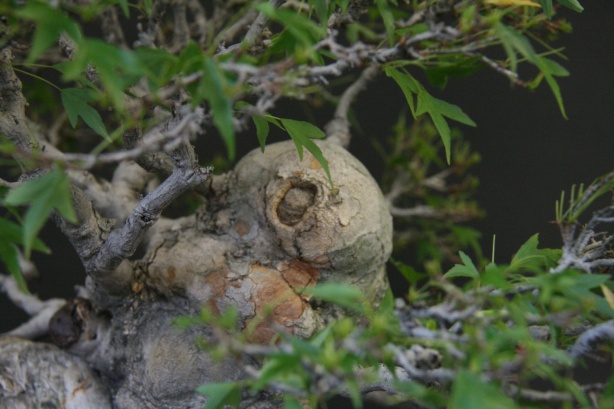
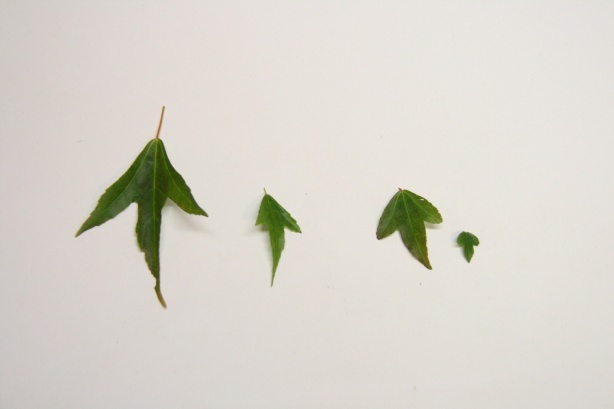
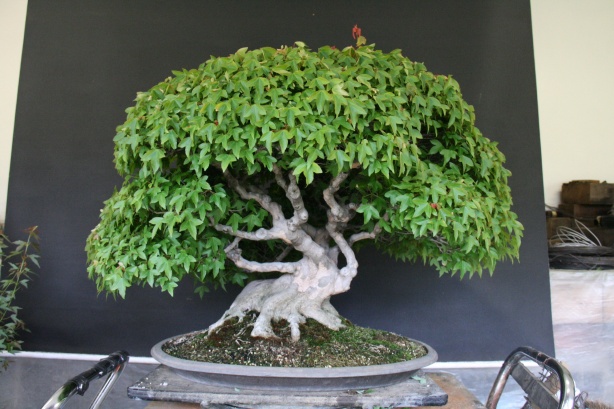
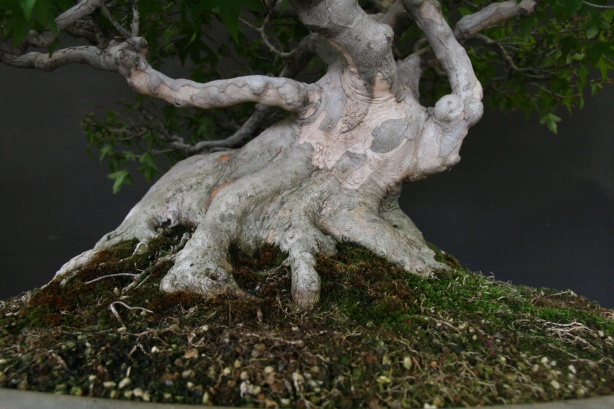
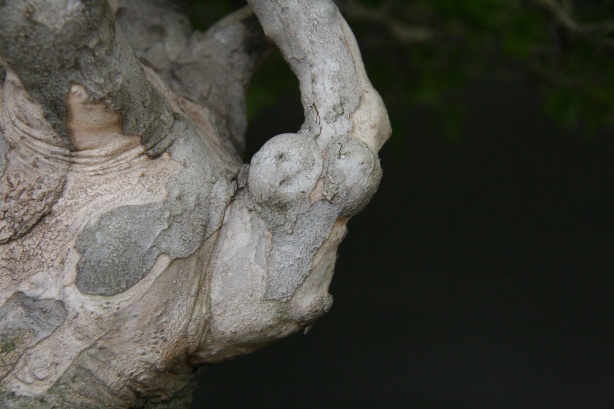
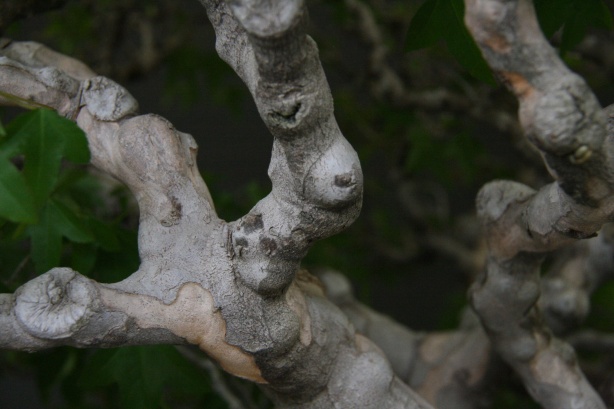
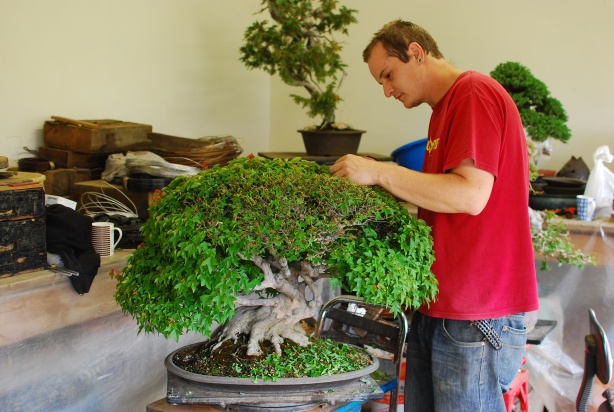
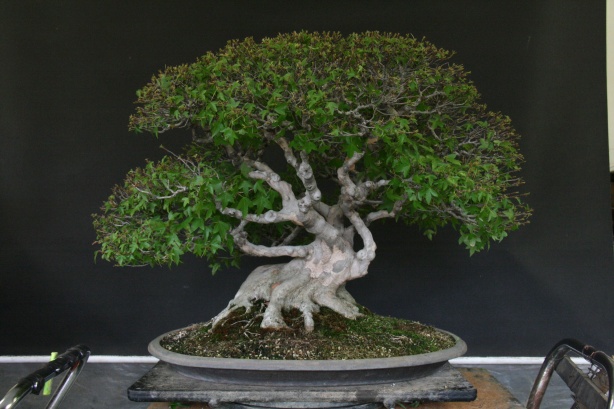
Reblogged this on DangerousBry's Blog.
Another interesting article, thanks John.
Thanks Dave, I’m glad you enjoyed it.
Reblogged this on Kitora no do.
Very interesting information about the leaf size having something to do with the ramification one can achieve. I never knew or thought of that before John. Thanks for teaching me something new, now hang on while I go throw out half my maple collection!
Your welcome Terry. You could always graft! 🙂
Wow, they are some amazing tridents! love the second RoR, and last one… something about it just keeps me coming back to look again
Thanks Jason. Mr Tanaka has some wonderful tree’s that his family has grown :).
Hello! I’m here to say that your posts are AWESOME! Congratulations. Keep posting!
Reblogged this on Wolf's Birding and Bonsai Blog.